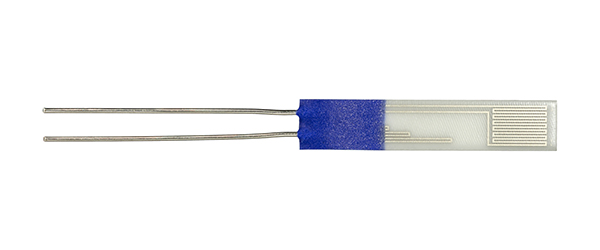Artificial Intelligence - Applications and Use of Temperature Sensors
The main tasks of temperature sensors include collecting, monitoring, analyzing and controlling temperature data. Temperature sensors in AI applications help provide comprehensive and accurate information about the temperature environment, which can then be analyzed and used by artificial intelligence to make better decisions, optimize processes, and respond to changes in an automated way.
AI algorithms need multiple accurate data points to come to accurate decisions. Pt RTD temperature sensors provide these data points based on their characteristics such as high sensitivity, accuracy and low drift thus delivering correct data to AI based algorithms. Also, for a higher performance of AI algorithms there is a need for having multiple sensor readings resulting in many data points, and miniaturized Pt RTD provide the capability to fit many sensor elements in a given application.
Temperature Sensors in AI Applications
Building Monitoring and Regulation
AI-controlled systems can use temperature sensors to monitor the ambient temperature in buildings, warehouses or data centers. If there are deviations from desired levels, AI can automatically control air conditioning, heating, or ventilation systems to maintain desired conditions and maximize energy efficiency.
AI based system regulate building and HVAC systems thus saving energy and adding to environmental sustainability.
Learn more about Platinum-RTD temperature sensors in HVAC applications and building automation
Health
Temperature sensors play an important role in medical applications, such as monitoring patients' body temperature. AI can analyze this data to detect patterns and provide early warning of signs of fever or other health problems.
Food & Beverage Industry
In food processing and storage, maintaining the right temperatures is critical to prevent spoilage. AI can analyze temperature data from sensors to ensure that products are stored under optimal conditions and send timely warnings when deviations occur.
Common Products in This Market
Energy Efficiency
By combining temperature sensors with AI, energy consumption can be optimized. For example, based on historical data and real-time information, AI can predict when and how heating and cooling systems should be operated to minimize energy consumption.
More about platinum temperature sensors for the energy sector
Industry 4.0
In industry, temperature sensors are often used to monitor the operating conditions of machines. AI can help detect unusual temperature patterns that could indicate potential failures or maintenance needs, thus increasing plant availability. Our temperature sensors can feed various AI driven predictive maintenance programs with accurate temperature readings. This would improve the efficacy of these predictive maintenance algorithms.
Common Products in This Market
Environment Monitoring
Temperature sensors can be used in environmental monitoring to track temperature changes in water, soil or air. AI can help analyze long-term trends and short-term fluctuations and draw conclusions about environmental impacts.
Common Products in This Market
Agriculture
In agriculture, temperature sensors can be used to monitor the microclimate in greenhouses. AI can then control automated systems to ensure optimal growing conditions for plants.
Common Products in This Market
Manufacturing
In the manufacturing industry, temperature sensors can be used to ensure the quality and consistency of products. AI can analyze temperature data to ensure that production processes are running within specified parameters.
More information about safe plant operation with Pt RTD sensors in process technology
Smart Buildings
In smart buildings, temperature sensors can help optimize lighting, heating, and cooling based on the presence of people and measured temperatures. AI can help provide personalized comfort with minimal energy consumption.
These applications demonstrate the variety of ways temperature sensors can be combined with artificial intelligence to improve efficiency, safety, and comfort in a variety of settings.





